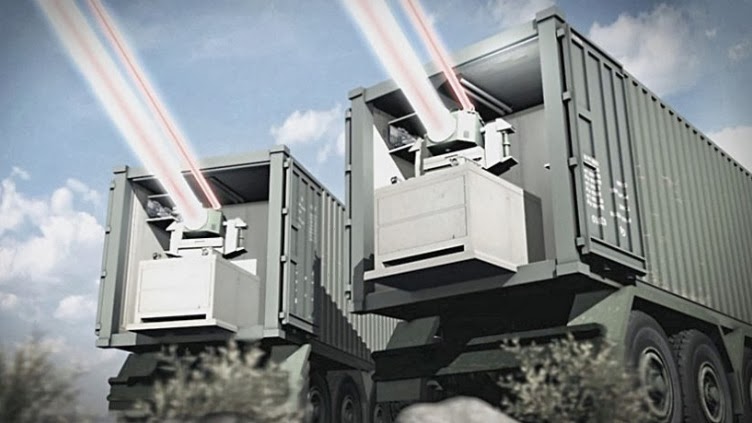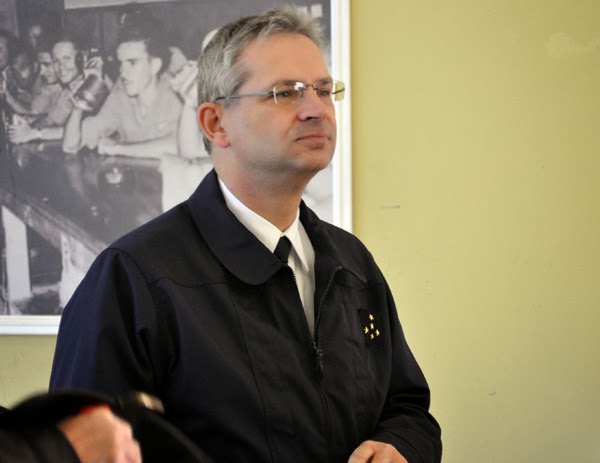Israel could double the size of a potential order and buy 12 V-22 Ospreys, and form part of a plan to preserve production of the tiltrotor aircraft for several more years, Bell Helicopter chief executive John Garrison says.
The US Department of Defense notified Congress on 14 January that Israel had requested a potential sale of six MV-22Bs. But the Israeli government has requested information from the manufacturer for an order of twice that amount, says Garrison, speaking on the eve of the Heli-Expo 2014 convention.
“Israel has notified for six to 12 aircraft,” Garrison says.
The possibility of extending the Israeli deal could prove critical for Bell’s ongoing efforts to preserve V-22 sales well beyond 2015.
The US Department of Defense notified Congress on 14 January that Israel had requested a potential sale of six MV-22Bs. But the Israeli government has requested information from the manufacturer for an order of twice that amount, says Garrison, speaking on the eve of the Heli-Expo 2014 convention.
“Israel has notified for six to 12 aircraft,” Garrison says.
The possibility of extending the Israeli deal could prove critical for Bell’s ongoing efforts to preserve V-22 sales well beyond 2015.
The initial six aircraft expected to be ordered by Israel are not additional orders. They will instead be taken from six orders currently assigned to the US Marine Corps. But there is hope that the Marines will be able to order six additional aircraft to cover the loss.
A second multi-year contract signed last year includes orders for 99 more V-22s and 23 options. One option has already been exercised to replace an aircraft that crashed, Garrison says.
“The Marines' intent is to replace those [six Israeli orders] with the option purchase,” Garrison says, adding, “but budget dynamics will ultimately determine that.”
That means Israel and the USMC could order 12 additional V-22s combined, in addition to the six already being negotiated with Israel. Moreover, Japan has budgeted to buy 17 V-22s in a long-term spending plan released last month, Garrison says. Bell also remains hopeful that the Marines will exercise all of the 23 options within the current multi-year deal.
Longer-term, the US Navy also is still looking for a replacement for its Grumman C-2 Greyhounds. The service originally committed to buy 48 HV-22s, but never followed through with a contract.
Last week, Bell demonstrated a key capability that could improve the V-22’s appeal to naval and amphibious customers. One of the deficiencies of the Osprey has been an inability to carry the container that transports the Pratt & Whitney F135-600 engine for Lockheed Martin's short take-off and vertical landing F-35B.
Bell and P&W developed a new “frame” that replaces the container, allowing the V-22 to carry the power section of the F135 engine to an amphibious carrier, Garrison says. The new equipment was demonstrated last week in Fort Worth, Texas, he adds.
Link














